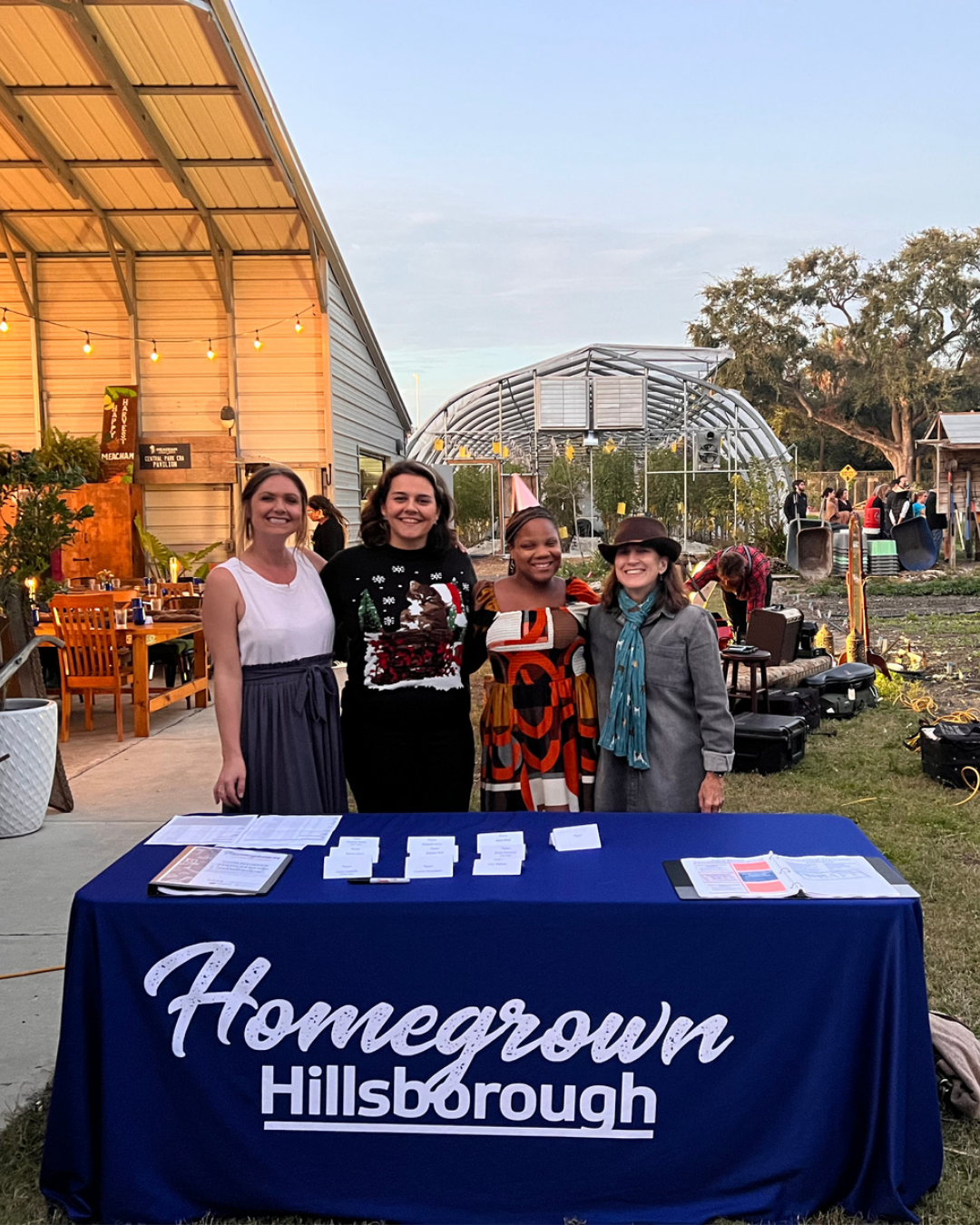
Marketing
A food system includes all the processes and infrastructure involved in feeding a population, as depicted in the sectors below. The Food System Wheel is Homegrown Hillsborough’s depiction of the interconnected aspects that influence nutrition, food, health, community development, and agriculture.
Marketing builds customer relationships, boosts brand awareness, develops products, and drives sales through advertising and retail.

Marketing:
Key Concepts
-
Value added means changing a product, such as a fruit or vegetable, in a manner that enhances its value as commodity. Examples include turning a cucumber into a pickle; cutting up whole carrots or other fruits or vegetables into pieces; boiling whole peanuts with some seasoning. The commodity becomes more valuable because it has been transformed.
-
Food sold directly from producers to consumers or retailers that then sell directly to consumers. This includes sales through farmers markets, on-site farm stores, roadside stands, CSA arrangements, online sales, pick-your-own operations, and mobile markets.
-
Markets that feature two or more farm vendors selling agricultural products directly to customers at a common, recurrent physical location. Farmers markets facilitate personal connections and bonds of mutual benefits between farmers, shoppers, and communities. By cutting out middlemen, farmers receive more food dollars and shoppers receive the freshest and most flavorful food in their area and local economies prosper. The number of farmers markets in the United States has grown from just under 2,000 in 1994 to more than 8,600 markets currently registered in the USDA Farmers Market Directory.
-
Co-ops are producer- and user-owned businesses that are controlled by—and operate for the benefit of— their members, rather than outside investors. Farmer-owned co-ops help producer-members market and process their crops and livestock and secure needed production supplies and services.
-
FAB is a USDA-funded statewide nutrition incentive program that increases the purchasing power of Supplemental Nutrition Assistance Program recipients to buy fresh food at farmers markets, produce stands, CSAs, mobile markets, and more.
-
Form of direct marketing where visitors are allowed to hand pick their own produce, helping farmers to save on labor and shipping costs while offering consumers the freshest produce at lower prices.





